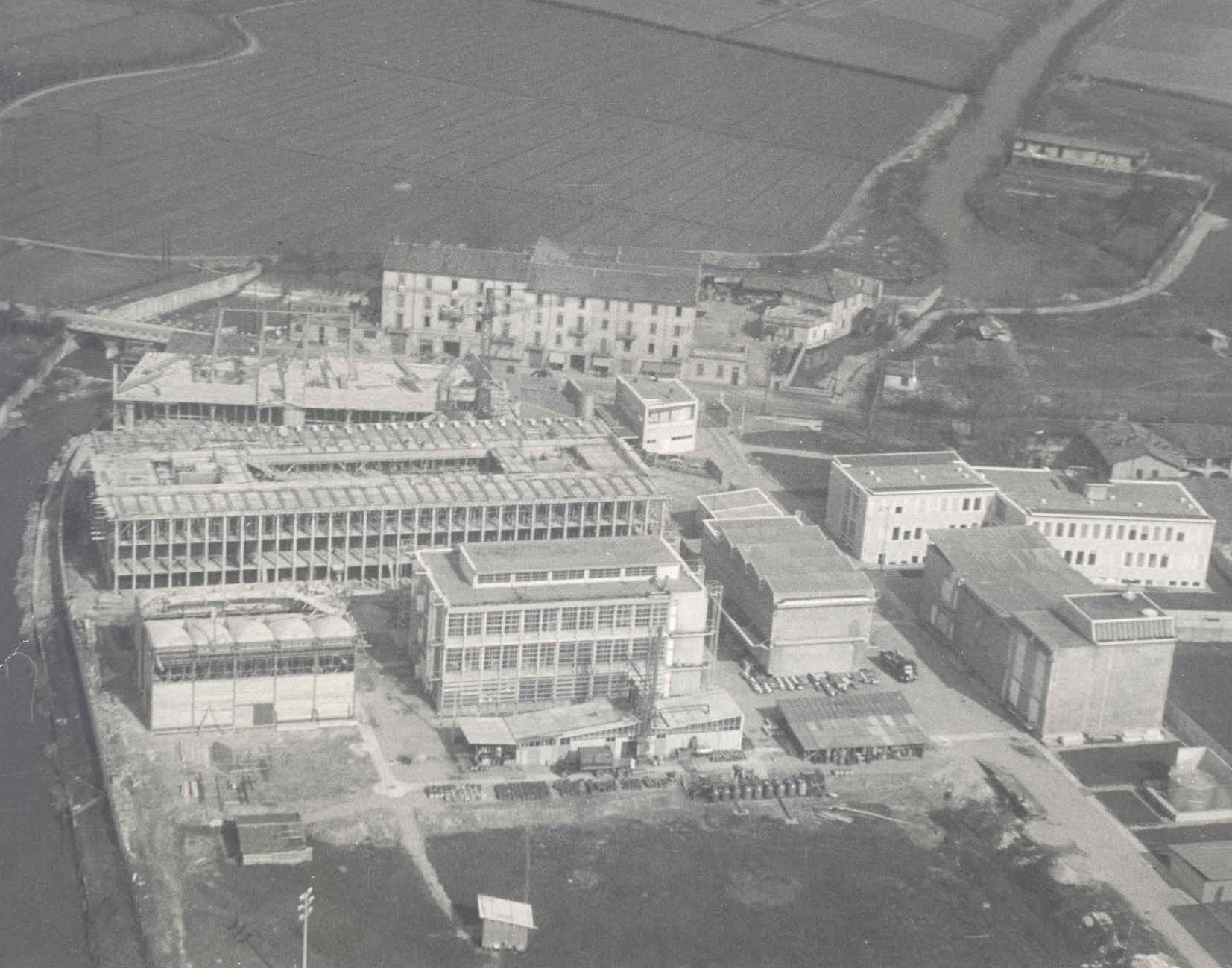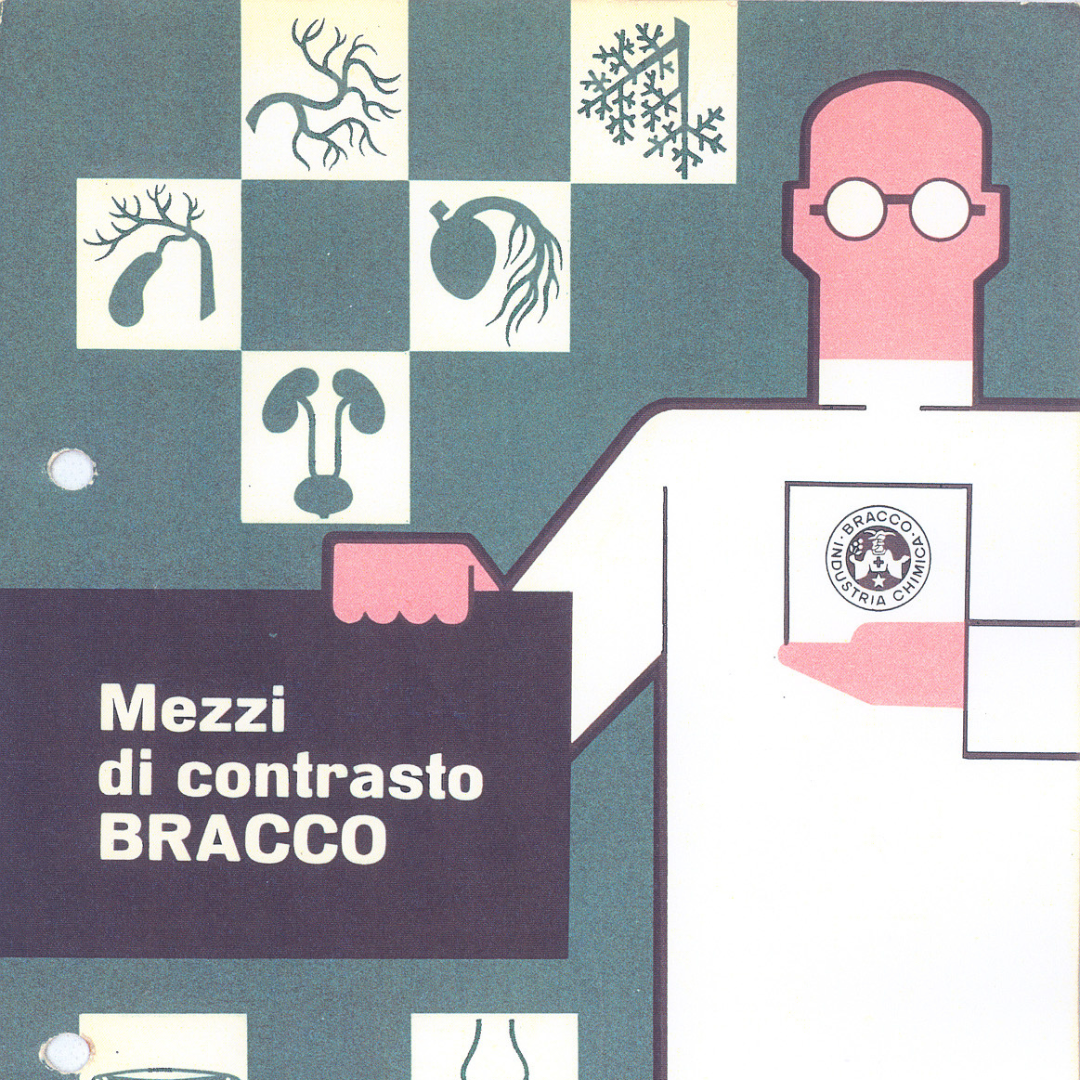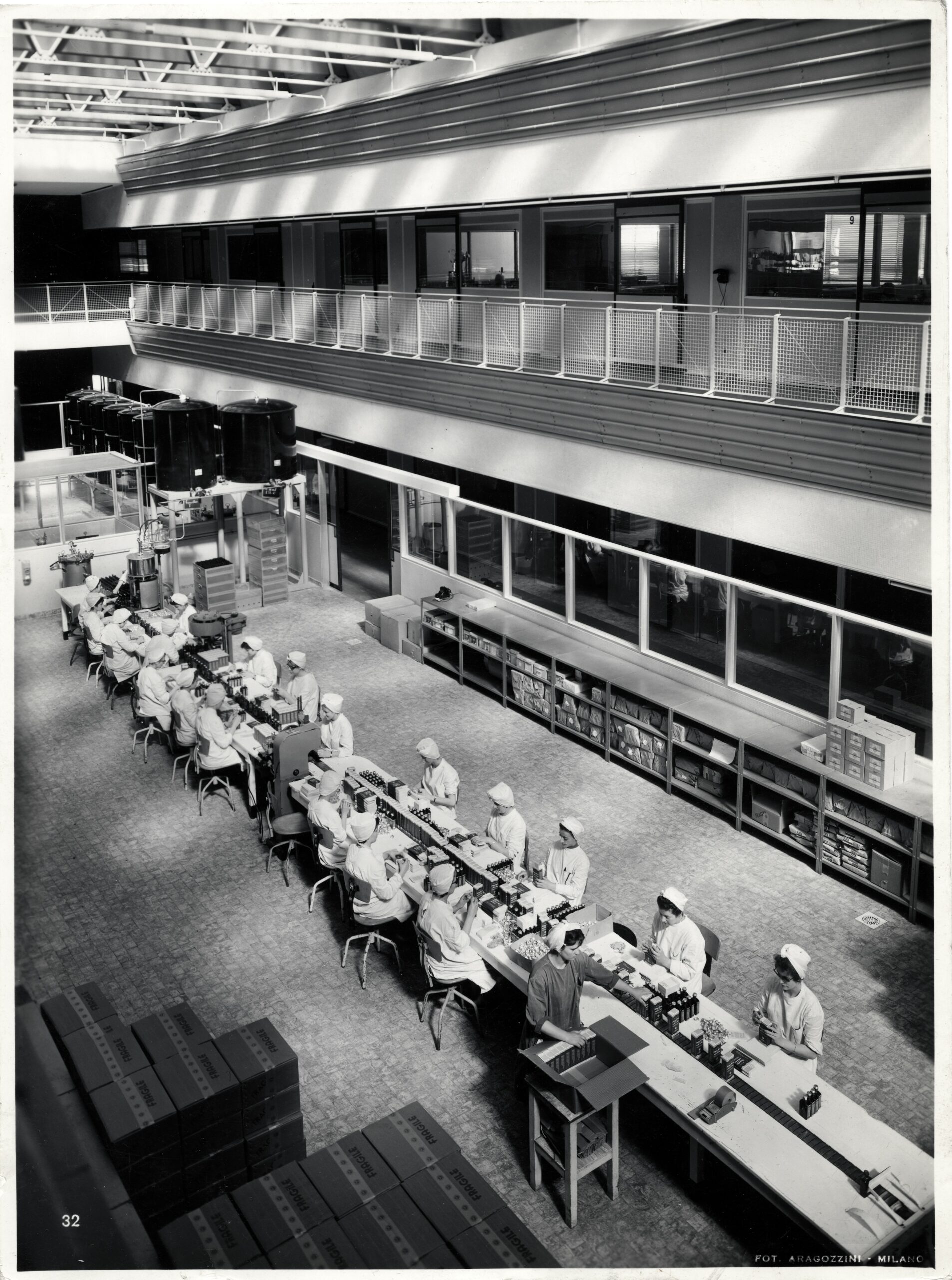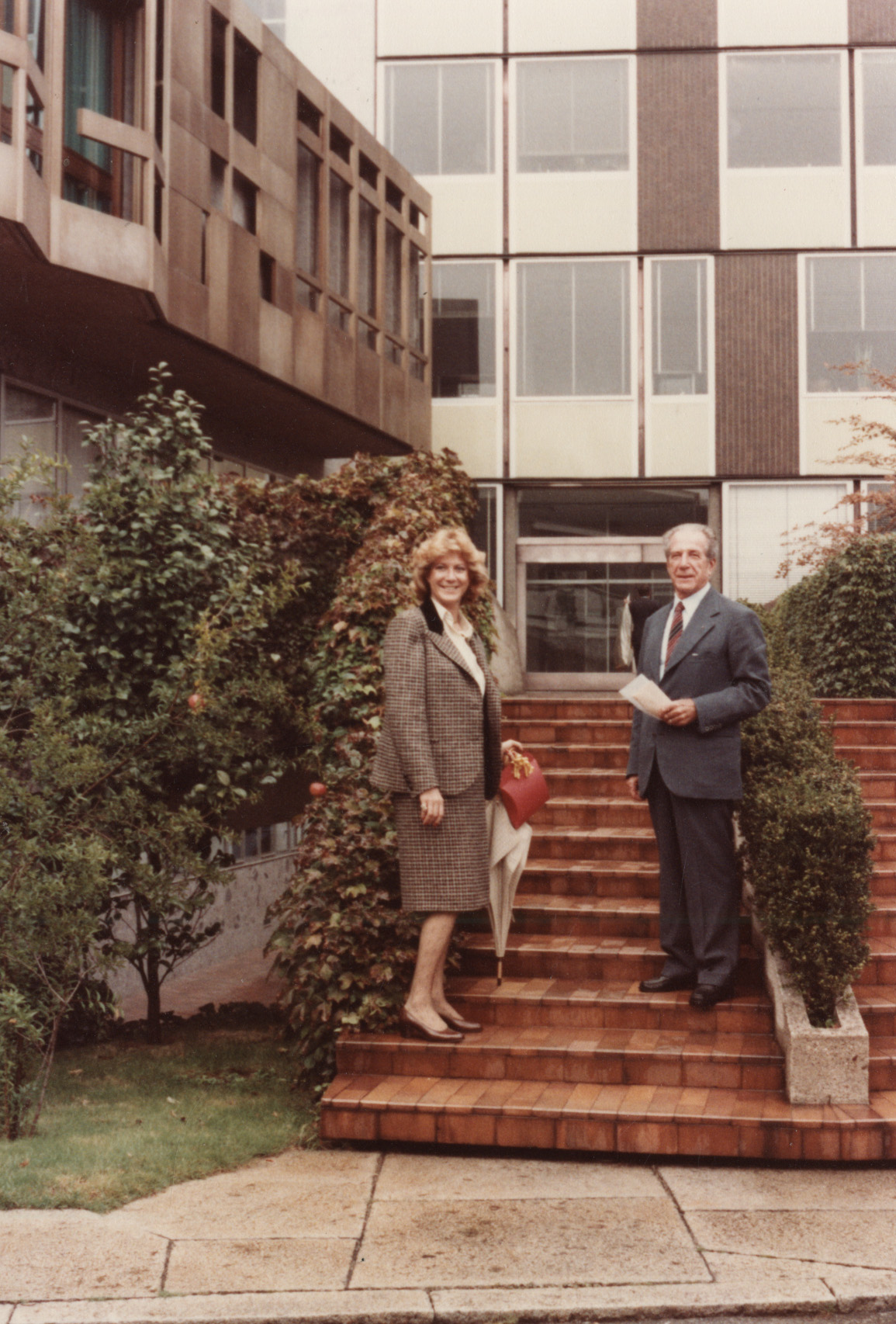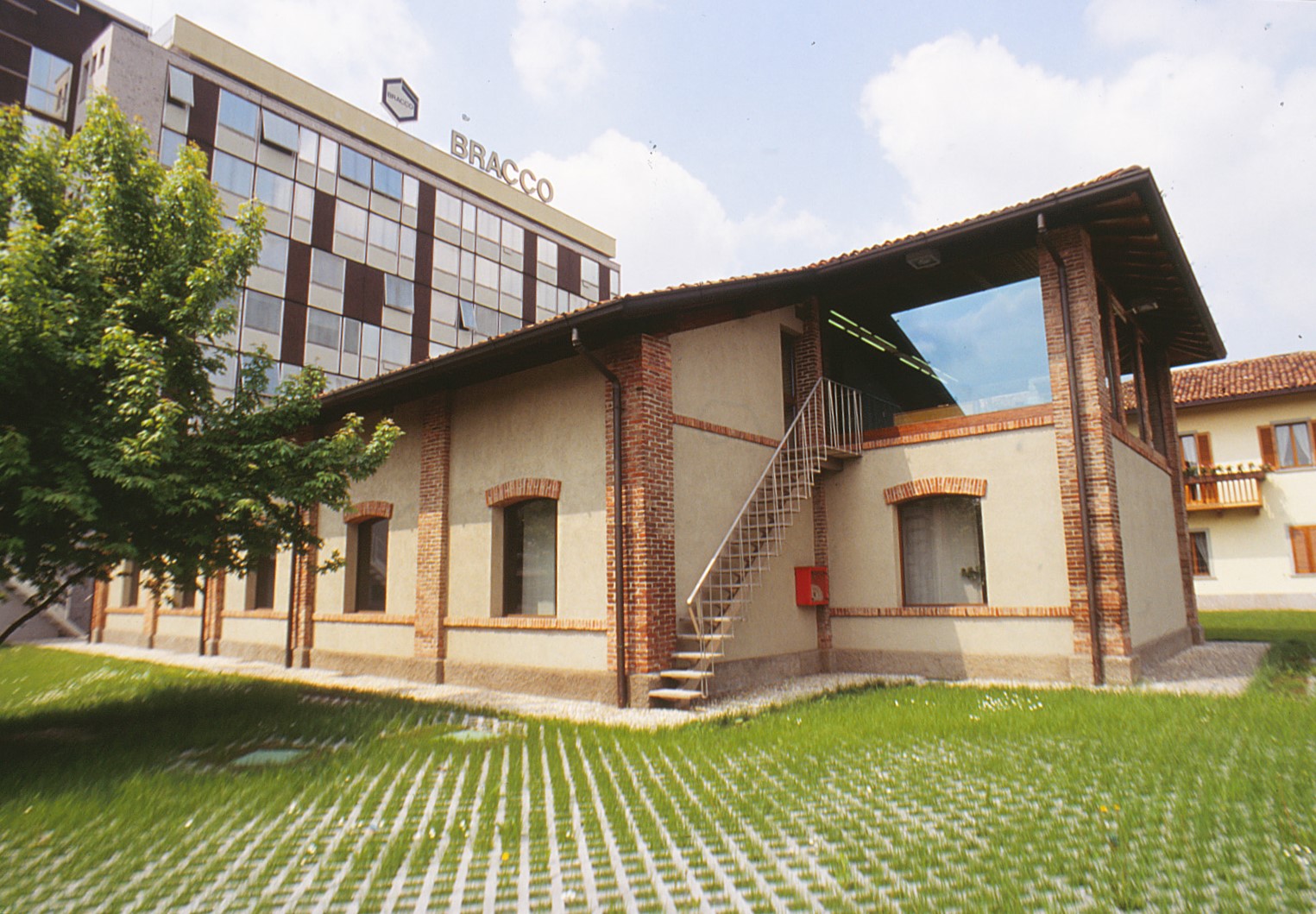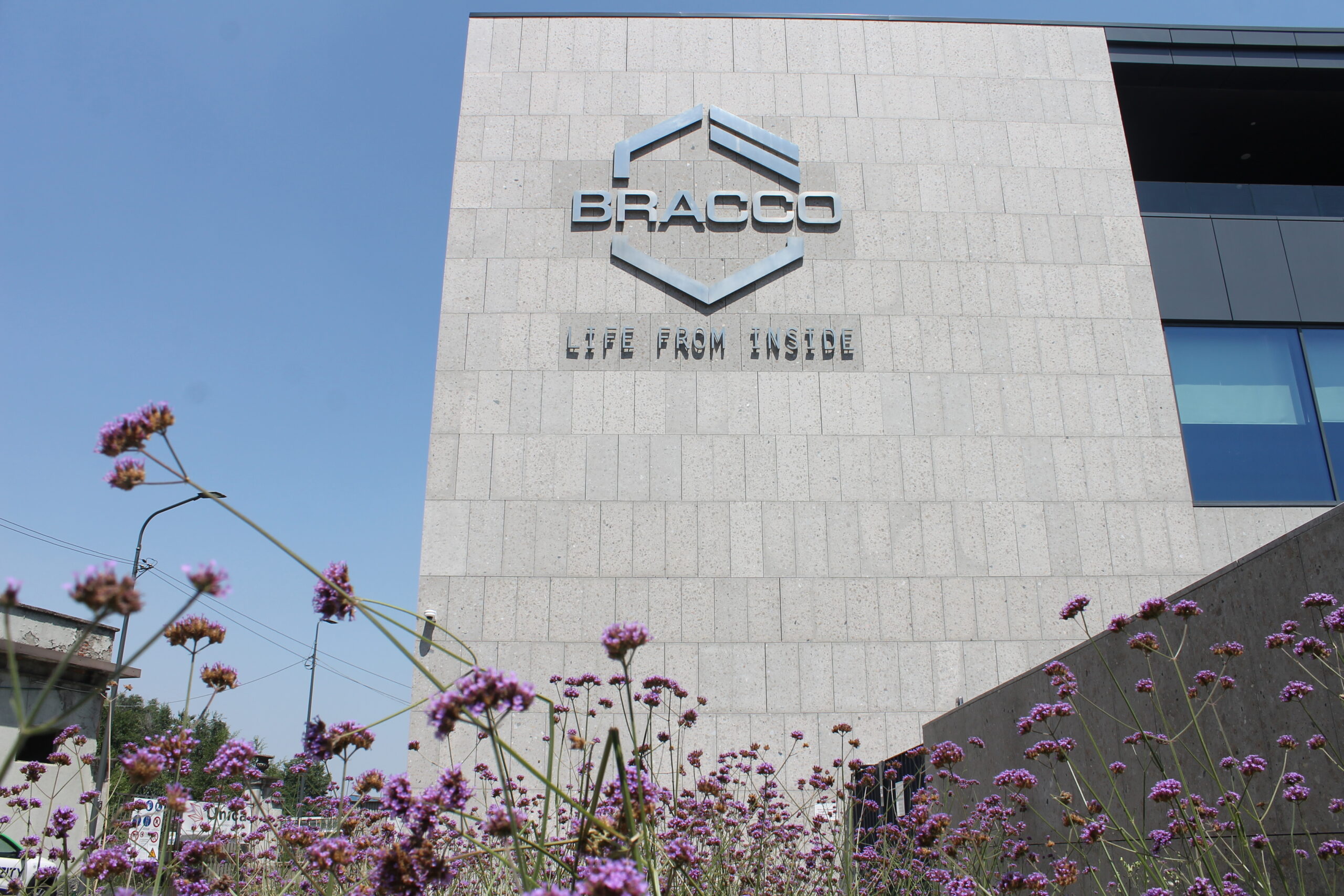The history of Lambrate as told by the Touring Club, Museimpresa and the Bracco Historical Archive
Today, a hundred years since Lambrate was incorporated into the Municipality of Milan, the Bracco Historical Archive, Museimpresa and Touring Club Italiano come together to tell the history of this wonderful district.
Since the early 2000s, Lambrate has been part of the programme of urban regeneration in east Milan, and has thus become an eclectic, multifaceted and multicultural neighbourhood with a lively artistic scene bristling with bars, clubs and meeting spaces, as well as museums and vintage boutiques. Ortica, a nearby working-class district that was a bastion of the Resistance, is now embellished with colourful and memorable murals where there used to be vegetable gardens and a dance hall.
The district of Lambrate, where the Bracco Group is headquartered at No 50 Via Folli, has quite a history.
Originally farmlands on the outskirts of Milan, in little more than five years, it was turned into an industrial neighbourhood that was far ahead of its time. The industrialization, which was to transform Lambrate into the city’s second manufacturing district, began with the arrival of the Gola company in 1897, followed by Bombelli, then De Nora in 1923. Innocenti opened its factory in 1933, and Cinelli and Faema came into the district after the war.
The Bracco Group’s arrival in this dynamic industrial district came in the 1950s, though Bracco itself, currently a global leader in diagnostic imaging, was incorporated on 1 June 1927 in Milan. In 1949, Fulvio Bracco, a knight of industry, appointed the star architect of the day, Giordano Forti, to build a new factory on a 50,000 m2 site. The factory kick-started Bracco’s growth in Italy and around the world, and propelled the development of the surrounding area.
By the 2000s Milan had expanded dramatically outwards and the company, then as now under the leadership of Diana Bracco, decided to move its production works to Ceriano Laghetto and its research activities to Colleretto Giacosa in the Province of Ivrea. The Lambrate connection, however, remained strong, so once the restructuring of the historic factory on Via Folli in the name of energy efficiency and respect for the environment was completed last year, Bracco returned to its old site, which is now the global head office of the Group.
The new Bracco headquarters, which is laid out over an area of almost 10 thousand square metres, also encompasses the preserved and restored “Gambero” [shrimp] buildings. Hard though it may be to believe today, shrimp was still being fished from the Lambro in the post-war years, and was served up in “Il Gambero,” a restaurant named after its principal dish. An iconic image of the Bracco headquarters at No 50 Via Folli in Lambrate including the old farmstead buildings graces the homepage of the Bracco Historical Archive website.
